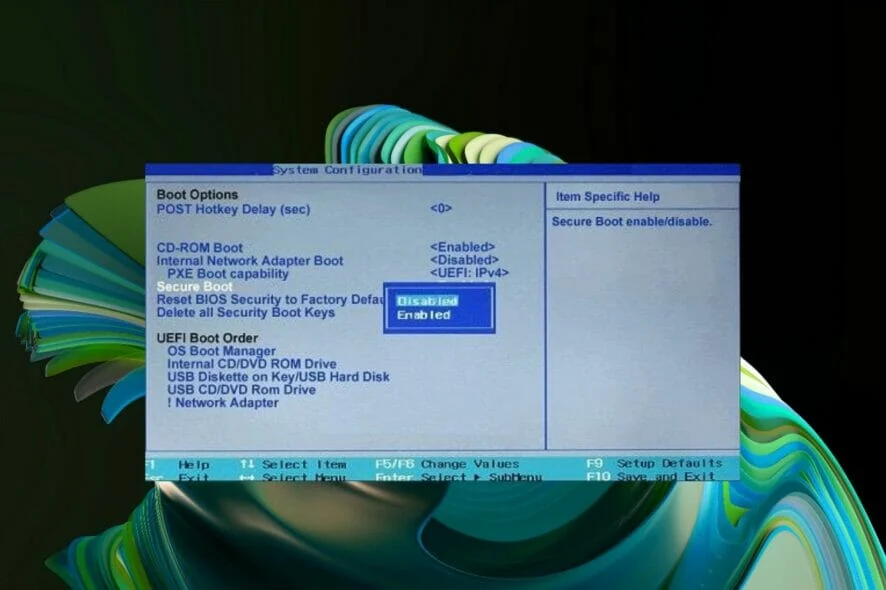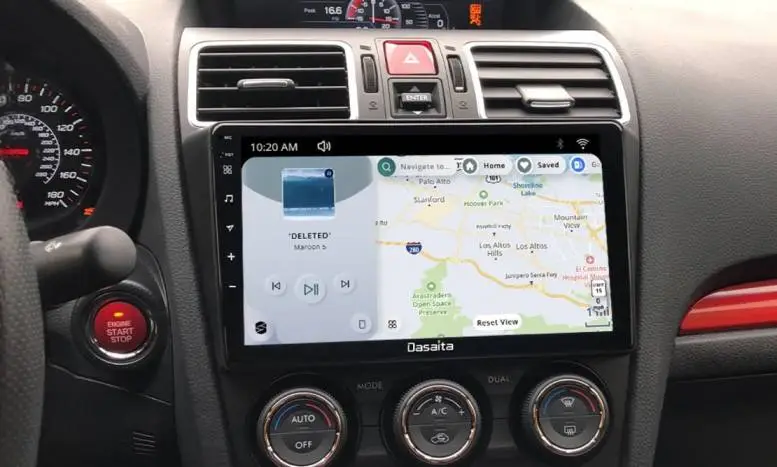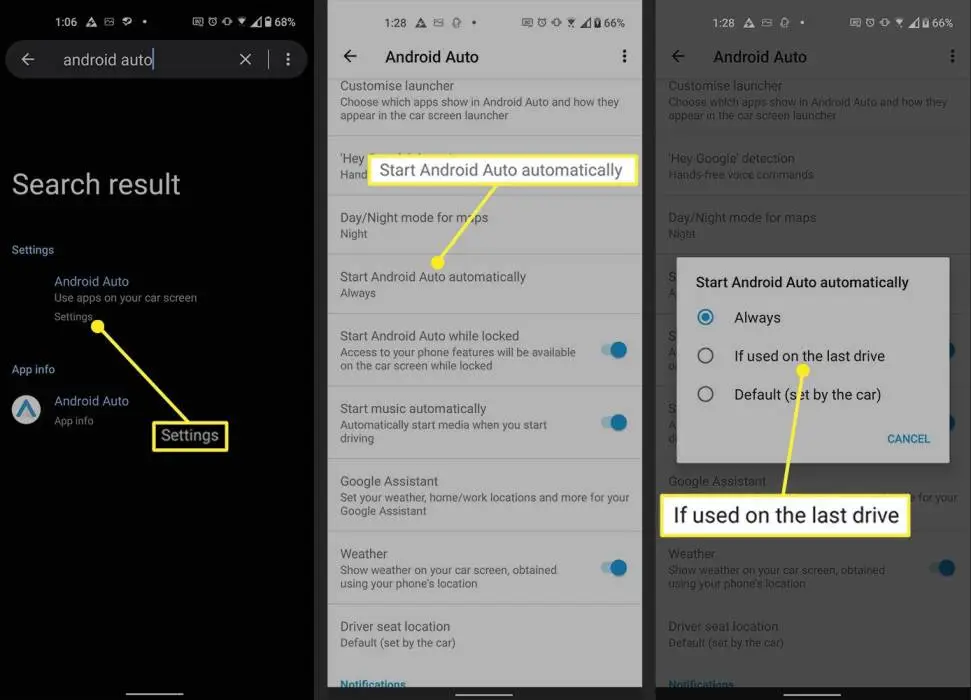
How to Fix Secure Boot Can Be Enabled When System in User Mode?
Secure Boot is an additional security element of Windows 10 and 11 that safeguards the framework during boot-up. Assuming the Safe Boot is grayed out in Profiles, it very well may be because of ill-advised boot drive parcel style or contradictory equipment. You can fix the turned gray-out Secure Boot choice by reestablishing the Profiles security settings or changing the boot drive's parcel style from MBR to GPT. Peruse this blog for additional subtleties.
At the point when Microsoft sent off Windows 11, it accompanied a general rundown of framework necessities. In that rundown, there was a vital prerequisite that appeared to be odd to numerous clients. This was the Solid Boot ability. To know the best way to fix secure boot can be enabled when system in user mode.

Numerous clients had this impression, as it was a discretionary element in Windows 10 intended for frameworks with 2 operating systems introduced. Secure Boot is a basic framework highlight planned by Microsoft to safeguard a PC during a framework boot. It keeps unsigned or malignant codes from stacking while a PC boots up.
Read Also: Best Android Auto Car Stereo: A Game Changer for Drivers
As a rule, a client can change Secure Boot settings by just going into the profiles. Notwithstanding, in certain circumstances, Secure Boot is grayed out and is caught in either an empowered or handicapped state. The choice is normally grayed out because of unsupported equipment or MBR parceling style of the boot drive.
What is Secure Boot?
A PC is generally powerless while it is booting. Certain malevolent code or infections can actuate and contaminate the framework during this cycle. To keep any unsigned code from stacking.
Microsoft presented the protected boot included with Windows 10. Secure Boot is a fundamental security highlight by Microsoft for shielding the framework and keeping an obscure code from booting while the framework boots. In the long run, with Windows 11, Microsoft made it fundamental for a PC to be fit for a protected boot.
Most current PCs support Secure Boot, yet some could not. This is expected to be misconfigured settings or unsupported framework setup. As the Safe Boot setting is in UEFI/Profiles, the boot drive should have GPT parceling style to empower it on a PC. It doesn't deal with Inheritance Profiles.
How to fix secure boot can be enabled when system in user mode? Can it be said that you are figuring out how to empower secure boot when the framework is in client mode? This article will give you fixes to guarantee a protected boot.
You can change UEFI firmware settings in Windows Investigator, convert segment style from MBR to GPT, debilitate CSM, and reinstall Windows. Use information recuperation programming to reestablish lost records during the investigation.

Advanced security is continuously changing; however, one term, "Secure Boot," stands firm at the doorway to your PC's protected data set. Notwithstanding, a confounding hindrance at times disrupts the general flow of a solid guard: Secure Boot may sometimes take over while the working framework is in client mode.
How to Fix Secure Boot Can Be Enabled When System in User Mode?
Are you searching for the best way to fix secure boot can be enabled when system in user mode? Consider how disruptive it would be on the off chance that you knew the security of your framework may be penetrated out of the blue.
Presently our administrations start. In this manual, we ribbon on our swords and set out on an excursion to tackle this secret. Prepare three strong arrangements, built up with lucidity and screen captures, to reestablish your framework's well-being and mental stability.
What Cause Secure Boot Can Be Enabled When System in User Mode?
Just carefully marked and reliable programming can be executed during startup, protecting your framework against infections and unapproved code. This is accomplished through Secure Boot, a pivotal security highlight in current frameworks. Secure Boot being dynamic in client mode is what is going on that might cause difficult issues that should be tended to right away. Following are a portion of the issues:
Tainted Boot Setup: One ordinary issue is a defiled boot design. This might happen when there is a disparity between the ideal and genuine state of the framework because of things like startling blackouts, bungled programming updates, or malware episodes.
Mistaken Profiles/UEFI Setting: Inaccurate Profiles/UEFI settings might cause this issue. Secure Boot might be empowered in client mode on the off chance that your machine's firmware isn't set up accurately to help it.
|| Malware/Infections: Tenacious malware/infections might slow down framework records and settings, enacting Secure Boot without the client's information. || Equipment Issues: Terrible areas, similar to a wrecked processor or recording gadget, can slow down the boot cycle and cause an issue.
Assuming that you experience the "secure boot can be enabled when system in user mode" blunder when you utilize Secure Boot, you don't have to stress. This post from MiniTool Parcel Wizard dissects what makes this issue and gives a few successful arrangements fix it.
To Know Complete Way to Secure Boot Can Be Enabled When System in User Mode
Secure Boot is a security include that guarantees that your PC boots utilizing just confided in programming from the maker, keeping malignant programming from stacking during fire up.
The Windows 11 establishment and a few games require Secure Boot. Be that as it may, you might experience the "Secure Boot can be empowered when framework in Client Mode" mistake while empowering Secure Boot.
Answers for Secure Boot Can Be Empowered When Framework in Client Mode. How to fix the "Secure Boot can be empowered when framework in Client Mode" blunder? Here we sum up a few reasonable answers for you to dispose of the issue in 2 distinct cases. You can attempt them individually until the blunder sorts out.
Check the Secure Boot Status
As per the Protected Boot status, various measures are taken to dispose of the "Secure Boot can be empowered when framework in Client Mode" mistake. In this way, you would be wise to really take a look at the Solid Boot status on your PC first. This is the way to do that.

Press the Windows and R keys all the while to open the Run window. || Type "msinfo32" in the container and press Enter to open the Framework data window. Find the Safe Boot State from the rundown and check what the state is like, "On", "Off", or "Unsupported".
1: Secure Boot Is Unsupported
The Unsupported Secure Boot state can be brought about by different reasons, like crippled TPM, and contrary Profiles mode/segment table/equipment. Thus, assuming the Safe Boot state is Unsupported, you can attempt the accompanying techniques to fix the "Secure Boot can be empowered when framework in Client Mode" mistake.
2: Convert MBR to GPT
The solid boot capability is just upheld in UEFI boot mode, which just backings GPT circles. In this way, assuming that you experience the "Secure Boot Can Be Enabled When System in User Mode" mistake, you would be advised to check your parcel style first. That's what to check, you can allude to this post: How to Check Segment Style in Windows 10/11.
Subsequent to checking, assuming you find your parcel style is MBR, you want to change it over completely to GPT to fix the "Secure Boot Can Be Enabled When System in User Mode" blunder. To change MBR over completely to GPT, MiniTool Segment Wizard is a decent decision, as it can change over your parcel type with practically no information misfortune.
Furthermore, this expert and multifunctional parcel chief can likewise be utilized to move operating system to SSD without reinstalling operating system, check for plate blunders, design USB to FAT32, segment hard drive, change bunch size, reconstruct MBR, set allotments as legitimate/essential, from there, the sky is the limit.
FAQ's- Secure Boot Can Be Enabled When System in User Mode
Why can't I enable Secure Boot in BIOS?
Assuming the Protected Boot is turned gray out in Profiles, it very well may be because of ill-advised boot drive segment style or contrary equipment. You can fix the turned gray out Secure Boot choice by reestablishing the Profiles security settings or changing the boot drive's parcel style from MBR to GPT.
When should Secure Boot be enabled?
Secure Boot should be empowered before a working framework is introduced. On the off chance that a working framework was introduced while Secure Boot was incapacitated, it won't uphold Secure Boot and another establishment is required. Secure Boot requires a new variant of UEFI.
How do I enable Secure Boot in system firmware?
To get to these settings, you can counsel your PC producer's documentation or adhere to these directions: Run Settings > Update and Security > Recuperation and select Restart now under Cutting edge startup. From the following screen, select Investigate > High level choices > UEFI Firmware Settings > Restart to make changes.
Does TPM 2.0 affect performance?
No, both fTPM and dTPM don't influence execution by any means. When the PC fire up conventions are finished and everything is checked, the TPM enters an inactive state. There is practically no hindrances of empowering TPM 2.0, and incredibly further develops the general information security of the framework.
How to check if UEFI lock is enabled?
To check assuming the boot is set to UEFI, you need to go to the Profiles settings. Under Boot tab, check assuming UEFI is empowered. To confirm, reaching your PC manufacturer would be ideal. To reach out to your gadget producer, allude to this connection.
.
.webp)





![How I Ditched Google Photos and Took My Backups Back [Video]](/featured/2024/07/ditched-Google-Photos.webp)


